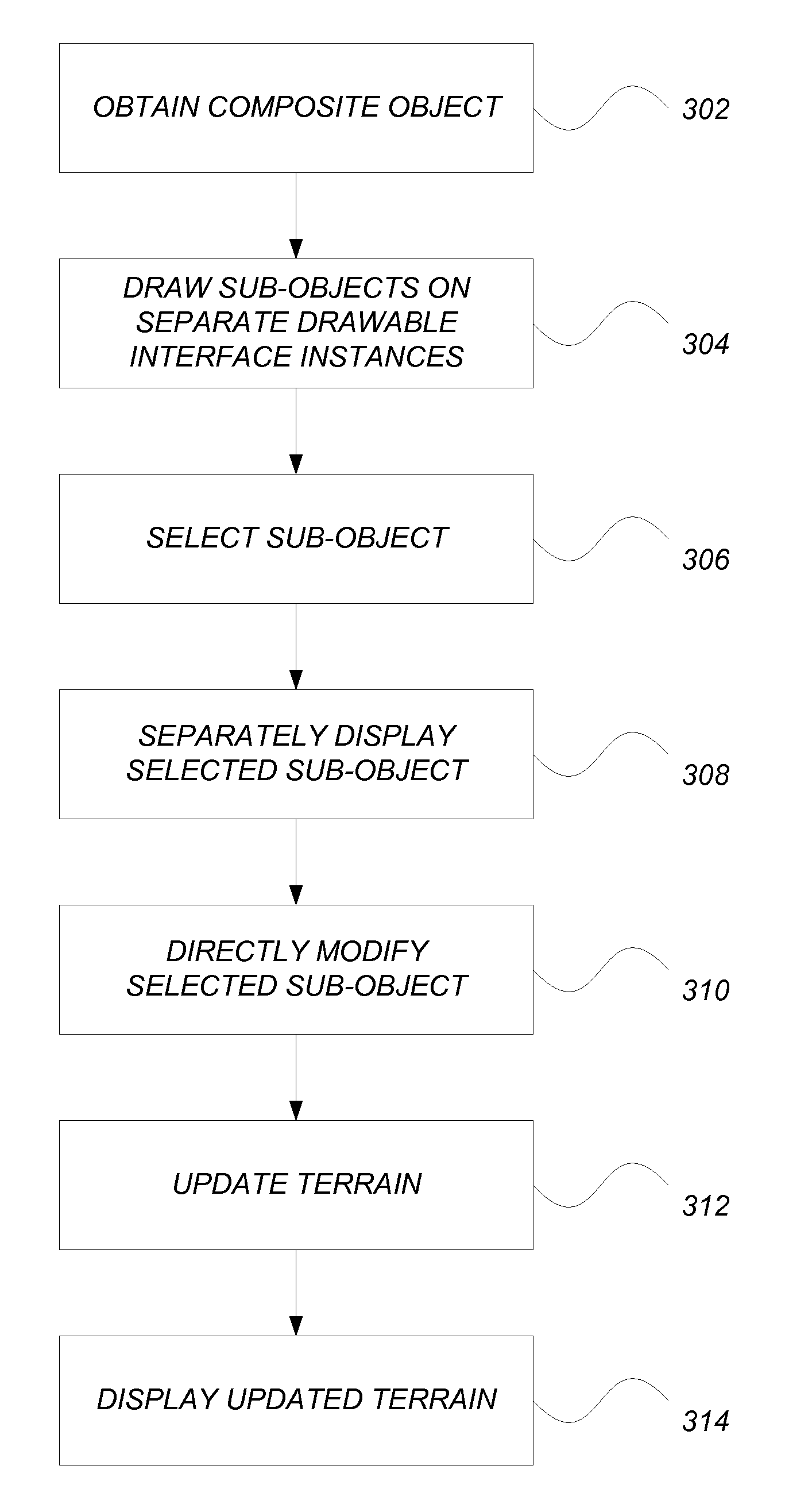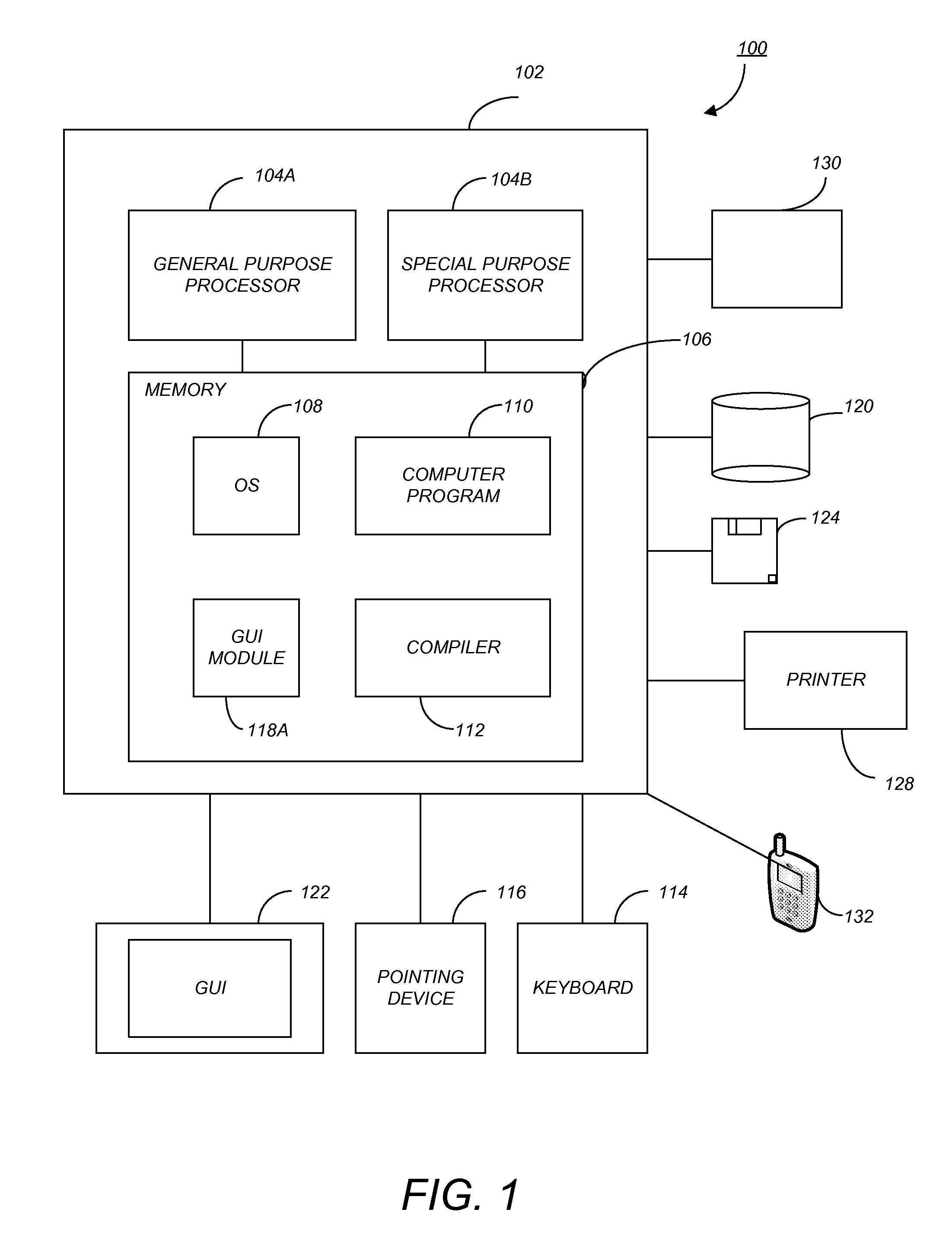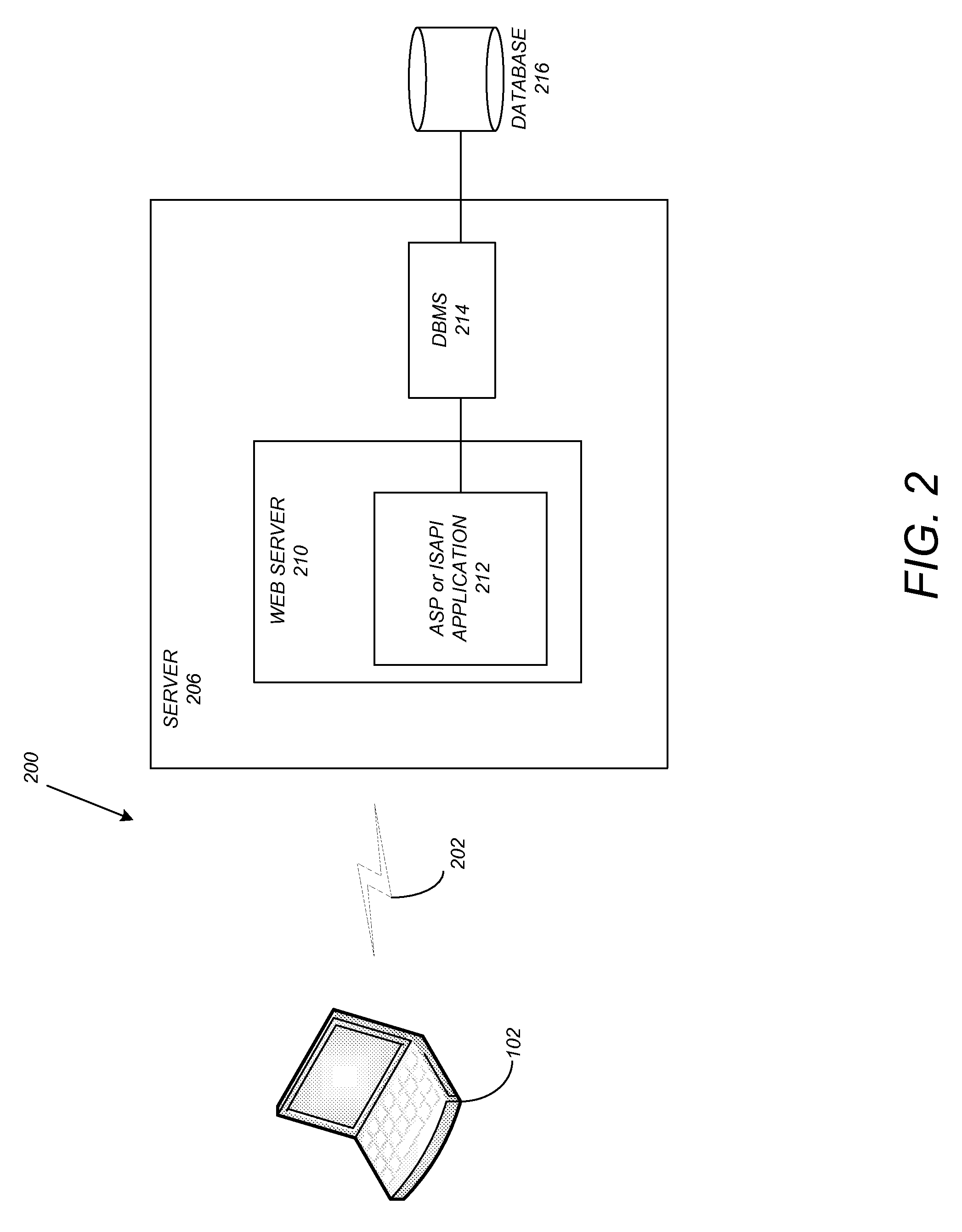Direct manipulation of composite terrain objects with intuitive user interaction
a composite terrain and user-friendly technology, applied in the field of computer-aided design applications, can solve the problems of difficult implementation of this concept, inability to provide an easy mechanism, and inability to achieve the effect of perfect earthwork balance, minimizing earthwork, and avoiding overlapping
- Summary
- Abstract
- Description
- Claims
- Application Information
AI Technical Summary
Benefits of technology
Problems solved by technology
Method used
Image
Examples
Embodiment Construction
[0033]In the following description, reference is made to the accompanying drawings which form a part hereof, and which is shown, by way of illustration, several embodiments of the present invention. It is understood that other embodiments may be utilized and structural changes may be made without departing from the scope of the present invention.
Overview
[0034]Embodiments of the invention provide direct manipulation capabilities to build, understand and modify a BIM CAD model.
Hardware Environment
[0035]FIG. 1 is an exemplary hardware and software environment 100 used to implement one or more embodiments of the invention. The hardware and software environment includes a computer 102 and may include peripherals. Computer 102 may be a user / client computer, server computer, or may be a database computer. The computer 102 comprises a general purpose hardware processor 104A and / or a special purpose hardware processor 104B (hereinafter alternatively collectively referred to as processor 104)...
PUM
 Login to View More
Login to View More Abstract
Description
Claims
Application Information
 Login to View More
Login to View More - R&D
- Intellectual Property
- Life Sciences
- Materials
- Tech Scout
- Unparalleled Data Quality
- Higher Quality Content
- 60% Fewer Hallucinations
Browse by: Latest US Patents, China's latest patents, Technical Efficacy Thesaurus, Application Domain, Technology Topic, Popular Technical Reports.
© 2025 PatSnap. All rights reserved.Legal|Privacy policy|Modern Slavery Act Transparency Statement|Sitemap|About US| Contact US: help@patsnap.com



